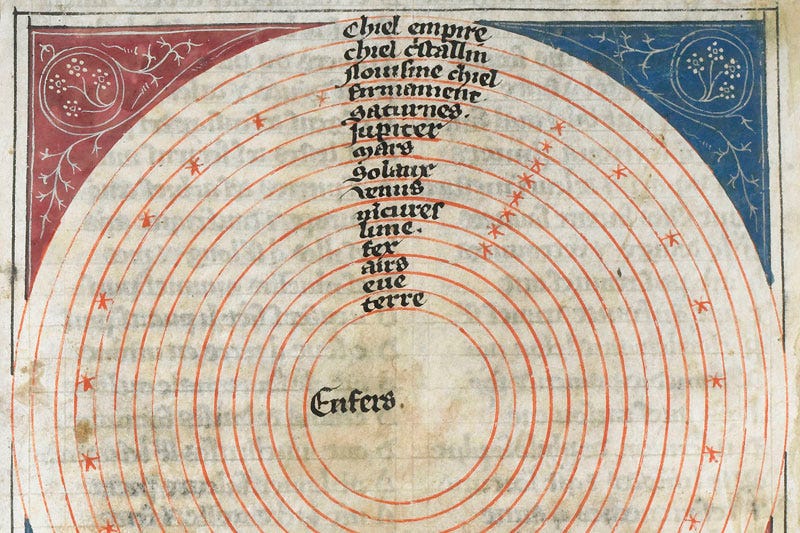Molecular clouds

A variation of the Ptolemy-Aristotle model of the universe containing the elemental, planetary and metaphysical spheres from a 14th-century French manuscript (Chantilly, Musée Condé, 478)
At its most free, European culture has been very free. At its most unfree, it was still free.
Stars are born out of molecular clouds, regions of space made up mostly o…
Keep reading with a 7-day free trial
Subscribe to Biblonia to keep reading this post and get 7 days of free access to the full post archives.

